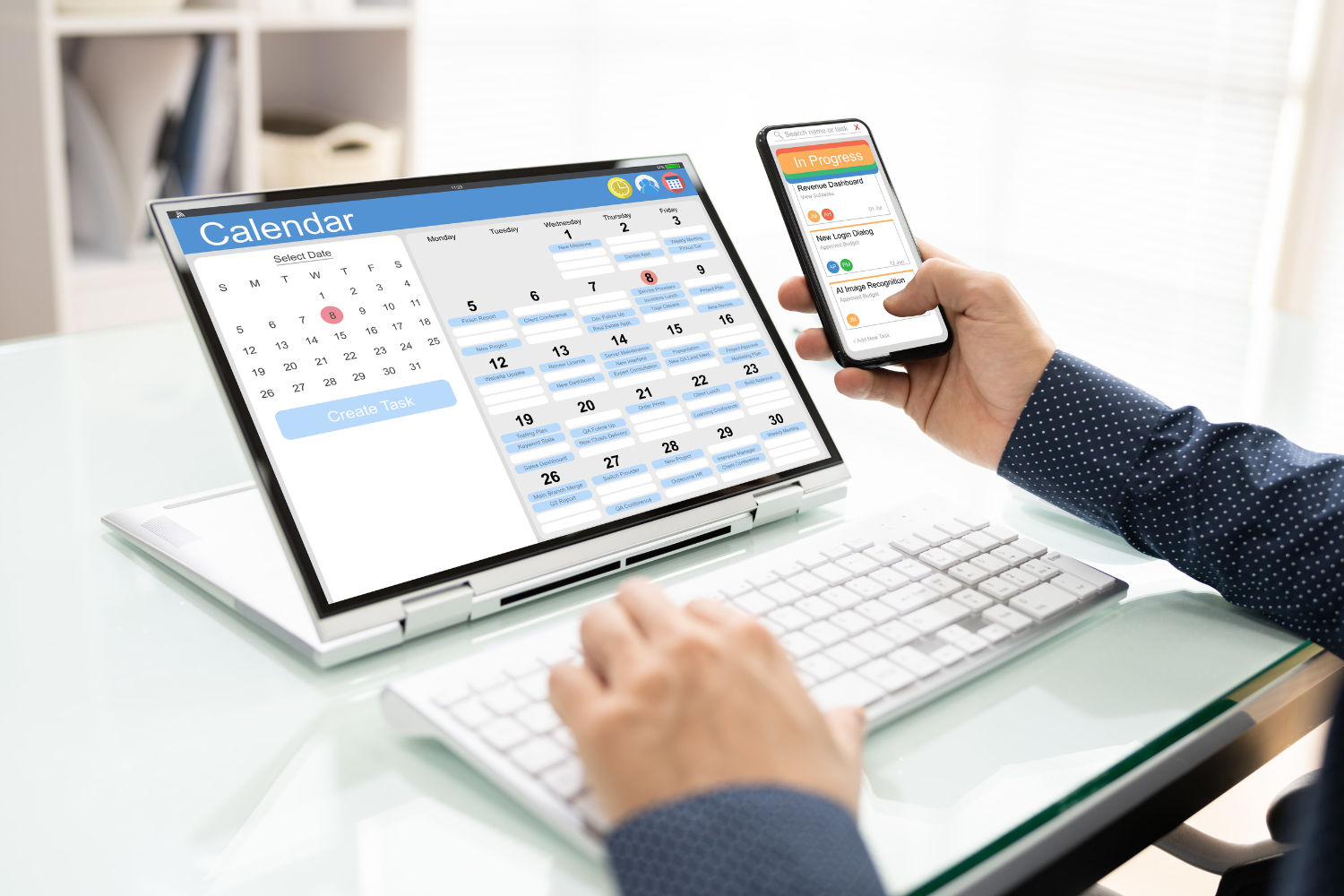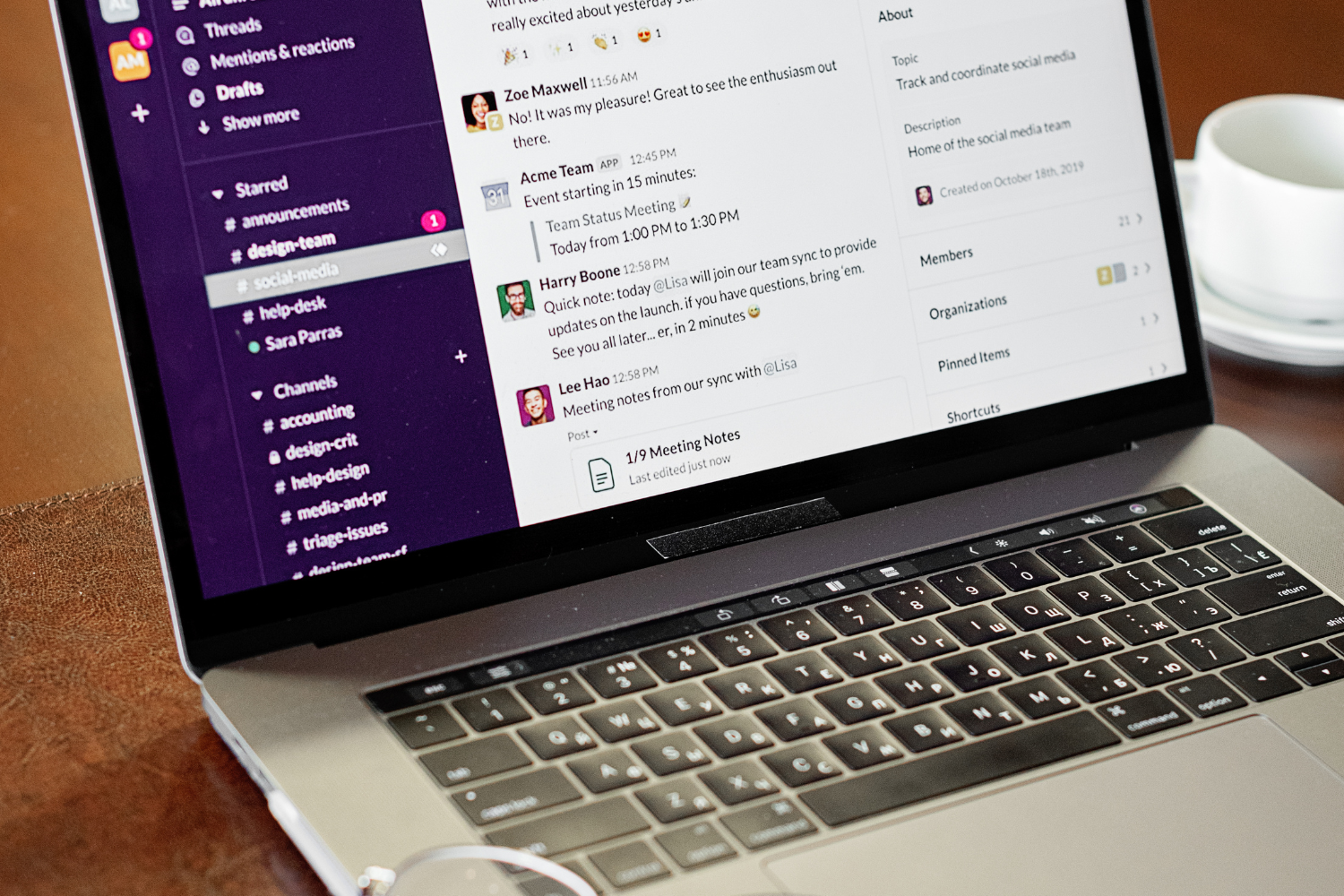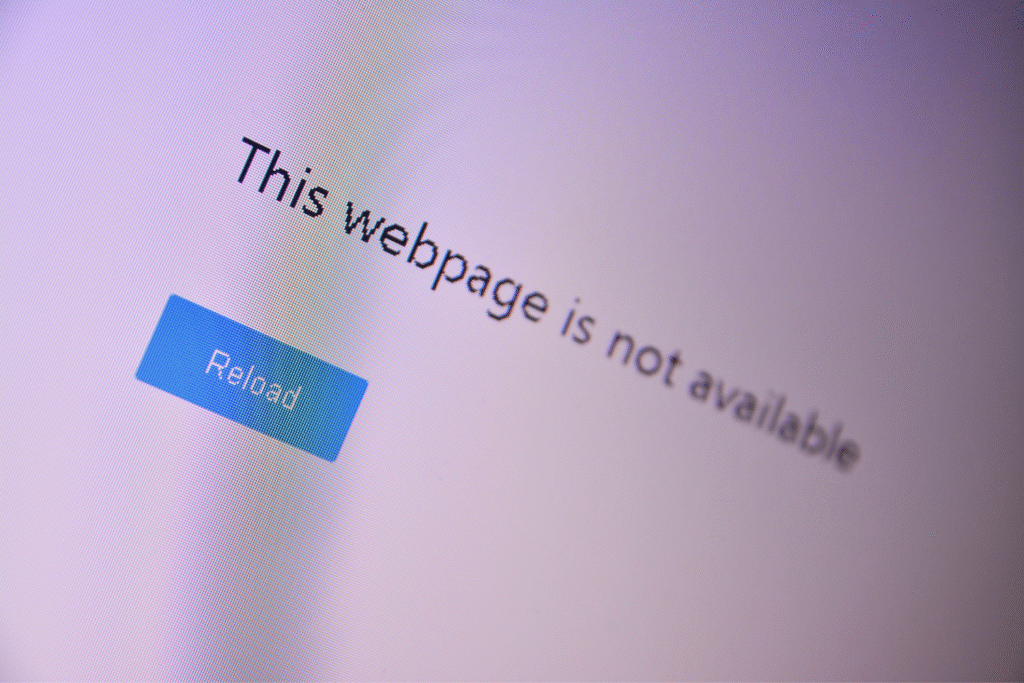A well-planned Filipino remote worker day 1 schedule sets the tone for long-term success. Many Filipino remote workers appreciate clear direction, structured workflows, and a welcoming onboarding experience that balances work expectations with an understanding of their personal life. For small businesses hiring Filipino virtual assistants or other remote staff, Day 1 isn’t just about task handovers—it’s about building trust, aligning on goals, and setting up communication channels that work across time zones.
This guide walks you through everything you need to include in your first-day onboarding process, from required documentation to training plans, and includes a full sample schedule. Use it to support your remote hiring goals, ensure a smoother transition for your Filipino employees, and build a stronger, more productive remote team.
What Filipino Workers Expect on Day 1
Filipino remote workers often come from a professional culture that values respect for hierarchy, punctuality, and polite communication. Onboarding schedules should reflect these expectations to set the right tone. Many Filipino professionals are less likely to speak up when something is unclear, especially early on, which is why a guided structure and a straightforward to-do list matter.
It’s also essential to start building personal connections right away. A warm, supportive tone and informal conversations may help foster early rapport and team connection. These early touchpoints can help new Filipino team members feel more comfortable and better prepared to contribute.

Common Mistakes to Avoid on the First Day
Skipping proper planning on Day 1 can affect remote work success. These are some common onboarding mistakes that small teams make when hiring Filipino virtual assistants or other remote talent:
- Giving too much information in one sitting can lead to confusion, especially across time zones and during night shifts.
- Relying only on internal documentation or a wiki leaves too many gaps. Remote workers often need live walkthroughs to understand key requirements.
- Skipping personal intros and icebreakers delays team bonding. Building communication skills and early comfort with remote teams starts with simple, genuine interaction.

Sample Day 1 Schedule for Filipino Remote Workers
A clear first-day schedule helps new Filipino employees adjust quickly, especially when working remotely for international teams. It also helps balance early productivity with work-life balance, especially for those working night shifts or adjusting to U.S.-based working hours.
This sample covers both structured tasks and moments to build connection, two crucial aspects when onboarding virtual assistants, creatives in the tech sector, or administrative support staff from the large pool of workers in the Philippines.

Morning (9:00 AM – 12:30 PM Manila Time)
| Time | Activity |
|---|---|
| 9:00 – 9:30 AM | Welcome call with manager |
| 9:30 – 10:30 AM | Company and team introduction with icebreaker |
| 10:30 – 11:30 AM | Role expectations and success metrics |
| 11:30 – 12:30 PM | Lunch break |
Afternoon (12:30 PM – 3:30 PM Manila Time)
| Time | Activity |
|---|---|
| 12:30 – 2:00 PM | Tools and systems setup walkthrough using productivity tools like Google Calendar |
| 2:00 – 3:00 PM | First simple task with guided instructions |
| 3:00 – 3:30 PM | Wrap-up and Q&A with buddy or manager |
This approach is designed to help new remote staff understand expectations and feel supported early on. It also ensures you’re not just throwing someone into the deep end on Day 1.
Key Elements to Include in Every Day 1 Plan
Planning a Day 1 experience for Filipino remote workers should include more than just sending links and task lists. It’s your chance to set expectations, support early wins, and introduce them to your team in a way that feels thoughtful and welcoming. The following pieces should be part of every first-day plan, especially when building remote teams or hiring Filipino virtual assistants.
A Personal Welcome from Leadership
Hearing directly from leadership shows new hires they matter. Even a short message or video from the founder or team lead can motivate remote workers and help them feel part of something real. It also introduces company vision and values early on, which can help encourage engagement and set the stage for creative input.
Team Introductions with a Friendly Tone
A relaxed, friendly intro builds connection and reduces first-day pressure. Allow time for each team member to say hello and share something simple, like a favorite local dish or hobby. These touches improve communication skills and help Filipino remote workers connect with colleagues beyond task-related chat.

Clear Task Overview, Not Just Documents
Avoid dumping a pile of SOPs on Day 1. Instead, walk them through the to-do list for the day and explain how their tasks support team goals. This approach helps virtual assistants, creatives, or anyone offering administrative support focus and start contributing quickly.
Technical Setup with Real-Time Support
Expect questions around productivity tools, logins, and system access. Set up a live walkthrough and confirm tools like Google Calendar, file-sharing apps, or chat platforms are working correctly. For workers in the Philippines, time spent here avoids future tech delays and supports smooth integration.
A Buddy System or Go-To Contact Person
Assigning a buddy improves engagement and provides a clear place to go with questions. Choose someone with a keen eye for detail and good communication. If hiring for multiple roles, match new hires with peers in similar positions for extra support in the first week.
Adjusting Your Schedule for Filipino Remote Culture
A great Filipino remote worker’s day 1 schedule includes more than tasks. It should reflect cultural values like connection, clarity, and community. These adjustments help small businesses build trust faster and avoid confusion early on.
Allow Time for Relationship-Building
A few minutes of small talk can make a big impact. Asking about hobbies, personal life, or favorite local food can build early bonds. Try icebreakers like “What’s one place in the Philippines we should all visit?” or “What local holiday do you look forward to?” These create space for sharing and help Filipino employees feel seen.

Build in Room for Clarification and Questions
Avoid asking, “Do you understand?” Instead, say things like, “What’s one part you’d like me to go over again?” or “What questions do you have about this step?” Use tools like chat or private check-in links for more sensitive concerns. Offering options builds confidence and helps top Filipino talent ask for help when needed.
Consider Power and Internet Realities
Power and internet disruptions can occur in some areas of the Philippines, especially in rural or typhoon-prone regions. Ask about their setup during onboarding. If someone disconnects mid-call, give them space to reconnect and have a backup plan. Digital nomads and remote staff often rely on hotspots or backup devices, so plan time-sensitive tasks around possible tech gaps.

Tools and Templates to Make Day 1 Easier
Simple tools can make onboarding more manageable for managers and Filipino remote workers. With the right resources, you can create a repeatable system that supports every new hire, whether full-time employees or contractors offering administrative support for clients worldwide.
Use a Customizable Day 1 Agenda Template
A ready-made schedule keeps things organized and saves time. It’s also helpful for aligning across time zones. Templates can include fields for time blocks, links to calls, tasks, and breaks. This makes onboarding easier for both new hires and their team leads.

Create a Digital Welcome Packet
Include basic company info, team bios, org charts, and Day 1 goals. A strong packet gives Filipino talent a clear context and reduces questions. Include tips on remote work, life as part of your team, and links to core systems like payroll and communication platforms.
Share Screencasts or Walkthrough Videos
Short videos can speed up onboarding for remote workers adjusting to new tools. Use tools like Loom to record how to navigate apps, set up Google Calendar, or access project folders. This reduces repeat questions and helps those working night shifts learn at their own pace.
Checklist for Managers to Stay on Track
A Day 1 checklist helps ensure nothing is missed. Cover the basics: tech setup, required documentation, task overview, and end-of-day check-ins. This also enables you to track what needs to be covered the next day. Great for teams juggling multiple new hires or operating on a low-cost setup.

Day 1 Is the Start of Long-Term Success
A well-structured Day 1 schedule can help establish a strong start for Filipino remote workers joining your team. Taking the time to clarify expectations, support new remote talent, and respect the values of Filipino employees sets the tone for long-term collaboration.
With a clear plan, helpful tools, and supportive connections, your new hire may adjust faster and build confidence in your team. Thoughtful planning on Day 1 avoids confusion, strengthens alignment, and supports a smooth start for every new Filipino virtual assistant or remote staff member.
Frequently Asked Questions
What should be included in a Day 1 onboarding schedule?
Include a welcome call, team introductions, role overview, tools setup, a small task, and a wrap-up check-in.
How do I onboard Filipino remote workers effectively?
Create a structured schedule, encourage questions, and support relationship-building throughout the first day.
Why is a buddy system helpful for Filipino hires?
It provides a trusted go-to contact, reduces confusion, and helps new hires feel more connected to the team.
How long should Day 1 onboarding take?
A full first-day schedule usually runs 6 to 7 hours, with breaks and support time built in.
Should I adjust my onboarding to fit Filipino culture?
Yes, adapting to cultural expectations around communication, hierarchy, and connection improves onboarding success.
References
- Harvard Business Review. (2023). A Guide to Onboarding New Hires (For First-Time Managers). https://hbr.org/2023/07/a-guide-to-onboarding-new-hires-for-first-time-managers
- Labor Law PH. (2025). Night Shift Differential Pay. https://laborlaw.ph/night-shift-differential-pay/
- Philippine Statistics Authority. (2024). Integrated Survey on Labor and Employment. https://psa.gov.ph/statistics/isle
- Philippine Statistics Authority. (2023). More than 50 million have Access to the Internet (2020 Census of Population and Housing). https://psa.gov.ph/statistics/population-and-housing/node/1684059979
- Society for Human Resource Management (SHRM). (2024). Complete Employee Onboarding Guide. https://www.shrm.org/topics-tools/topics/onboarding
- U.S. Department of Labor. (n.d.). Night Work and Shift Work. https://www.dol.gov/general/topic/workhours/nightwork




